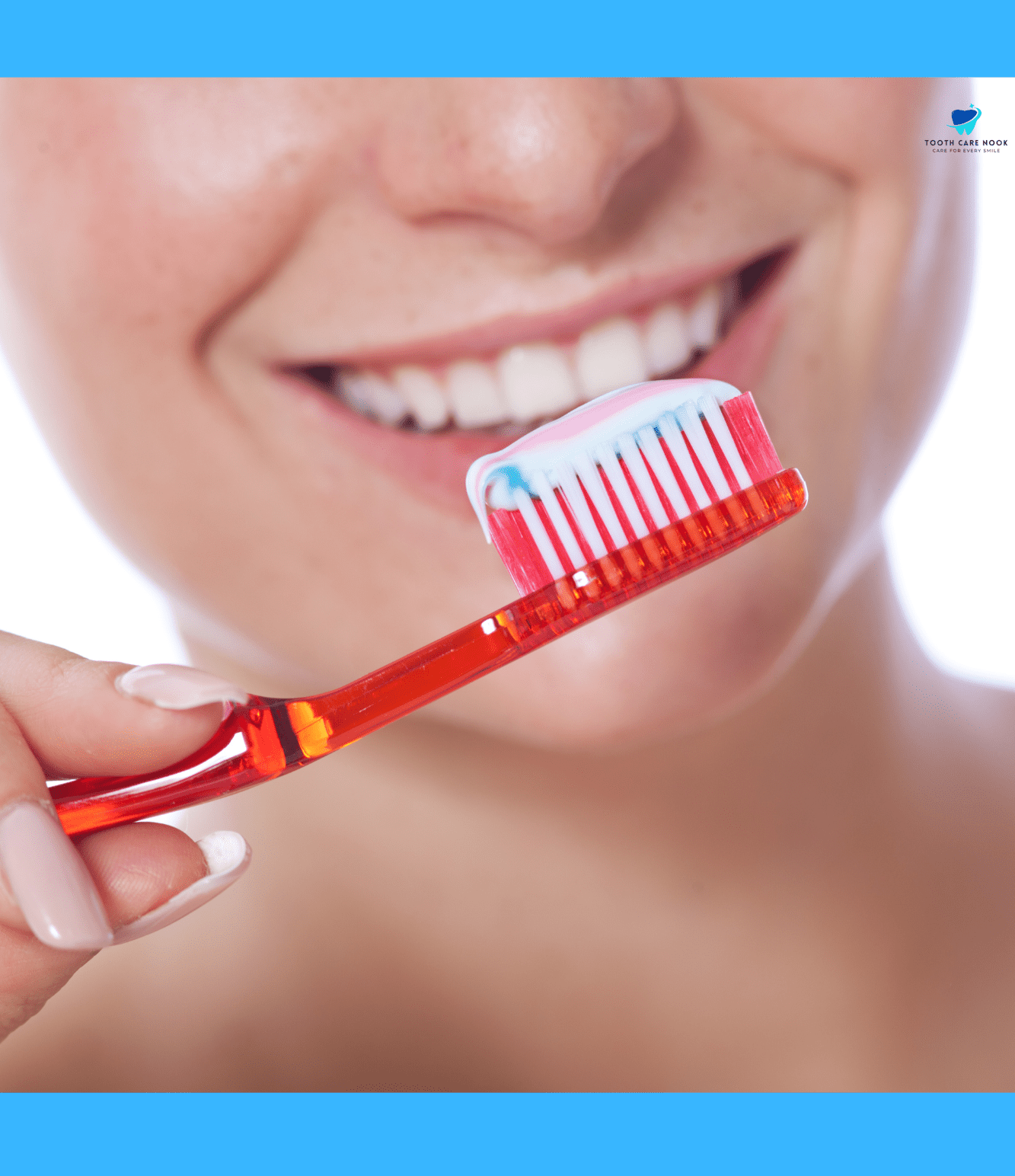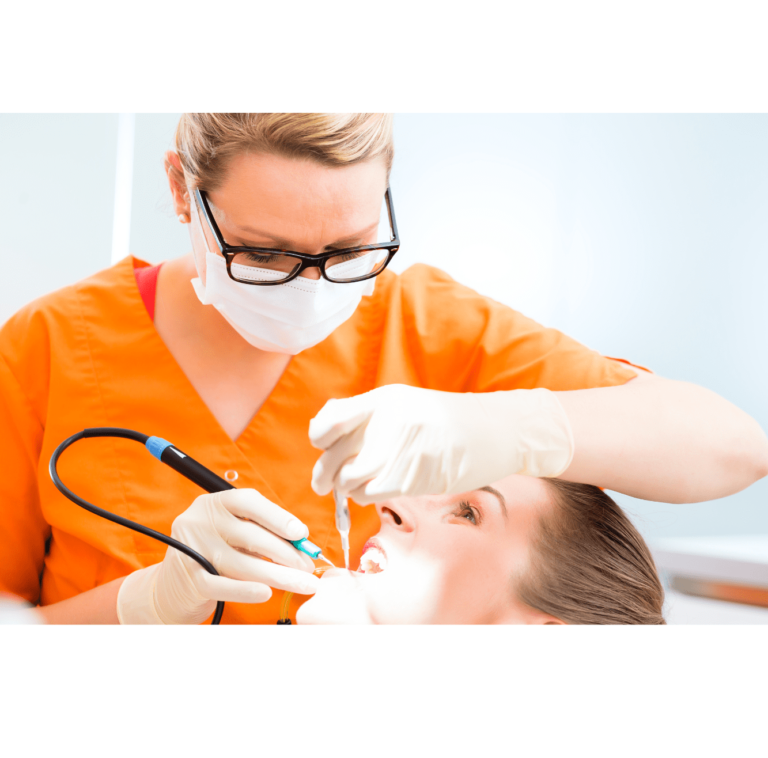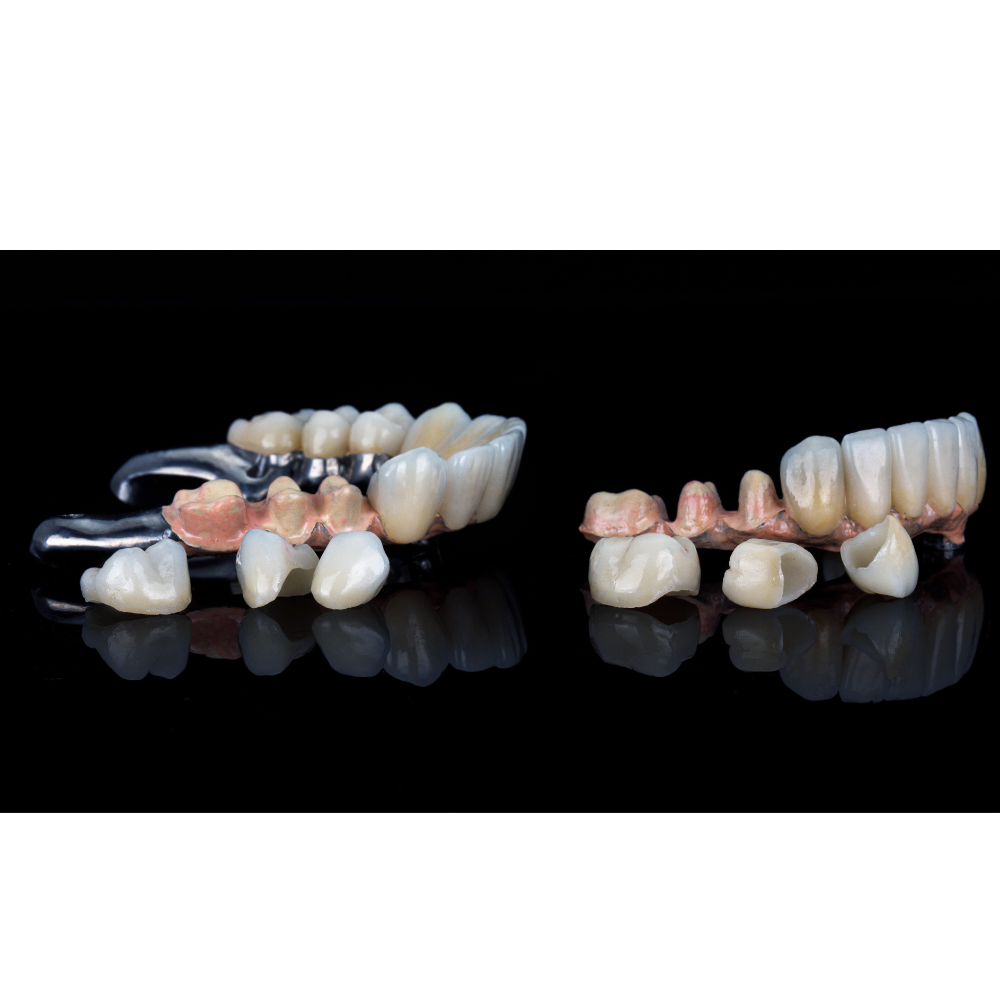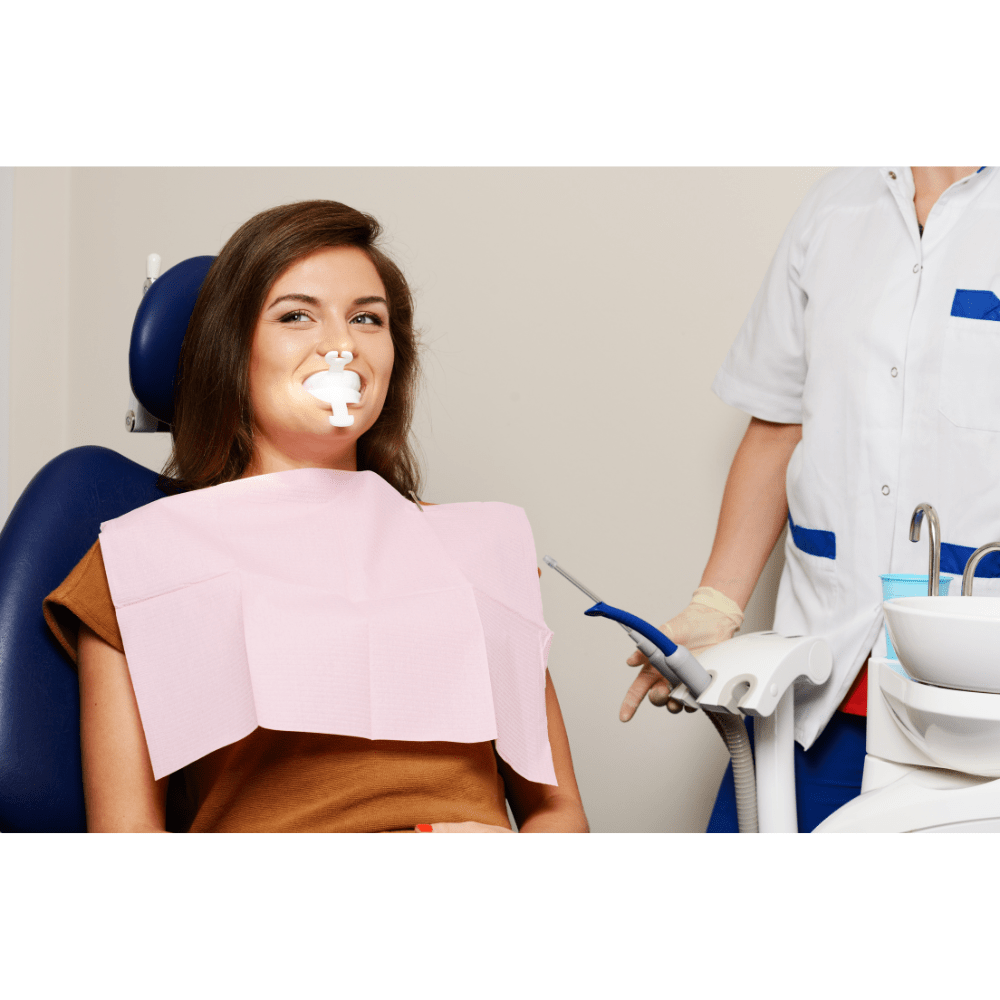How to Clean Mouth After Wisdom Tooth Extraction | Step by Step Procedure
The journey to your oral health often presents various challenges. One significant milestone you encounter is wisdom tooth extraction. The process of cleaning your mouth after wisdom tooth extraction can be unpredictable especially if you are unfamiliar with the procedure. Don’t worry, here we will provide you with all the necessary information and step-by-step instructions to effectively clean your mouth after wisdom tooth extraction.
From gentle rinsing techniques to proper brushing methods, we will cover everything you need to know to promote healing and minimize complications during the recovery period. Let’s first understand why it is recommended to rinse after the removal of wisdom teeth.
Why Rinsing After Wisdom Teeth Removal is Recommended?
It is not just recommended but crucial for optimal healing and recovery. it is a fundamental aspect of your post-operative care. The main reasons why it is recommended include;
- Rinsing after wisdom teeth removal to overcome irritation.
- It reduces bacterial load.
- It helps in blood clot formation.
- Rinsing also supports long-term oral health.
How to Clean Mouth After Wisdom Tooth Extraction
To clean your mouth after wisdom tooth extraction, gently rinse your mouth with warm salt water to clean the extraction site. After that use the syringe or irrigator, if your dentist provided you with that to gently clean the extraction site with warm salt water.
The following steps will help you to keep your mouth clean onwards, after your wisdom tooth extraction:
Apply Firm Gauze Pressure:
Apply firm gauze pressure to the extraction site for 2 hours immediately after tooth extraction. If bleeding persists after 2 hours, replace with fresh gauze and apply pressure for additional 1-hour intervals until bleeding stops.
Apply Cold Packs to Face:
Apply cold packs or bags of ice to each side of your face as it will help you reduce swelling. Secure them with an ACE wrap, scarf, or towel. Alternate cold pack application and keep them on for 30 minutes followed by a 30-minute break, for the first 48 hours.
Elevate Your Head:
Must keep up with head elevation while sleeping on a chair or couch for the initial 7 days after extraction. Don’t lie flat in bed, as this can exacerbate facial swelling.
Avoid Spitting and Straws:
To prevent dislodging blood clots, avoid spitting for the first week. Gently rinse your mouth with water and allow it to calmly fall into the sink.
Do not use straws for the first 7 days as they disrupt blood clots and cause bleeding or dry socket pain. Consume smoothies and milkshakes with a spoon or drink from a cup.

What is Moist Heat for Wisdom Teeth?
Moist heat for wisdom teeth is often recommended after extraction. It reduces swelling related to wisdom tooth extraction or related dental procedures and contributes to a smoother recovery. Moist heat for wisdom teeth refers to the application of hot moist packs or packs to the jaw area to lighten discomfort.
When Can You Brush Teeth After Wisdom Teeth Removal
You can brush your teeth the day after tooth removal. It’s a must to proceed with caution and follow specific guidelines.
- After wisdom teeth removal, leave it for the initial healing.
- Gently brush your teeth.
- Be careful around the teeth removal site.
- Rinse after brushing.
How to Brush Teeth After Wisdom Teeth Removal
Brush Delicately and Be Gentle:
Hold the toothbrush at a 45-degree angle to the gums and use it gently in a circular motion for dental cleaning and gums thoroughly. Focus on the areas adjacent to the teeth removal sites.
Avoid Direct Contact with Surgical Sites:
Be careful not to brush directly over the wisdom teeth removal sites to prevent injury. Instead, focus on cleaning the surrounding teeth and gums, gradually working your way toward the surgical areas with light and sweeping motions.
Rinse Thoroughly:
After brushing your teeth, rinse your mouth thoroughly with water or a prescribed mouthwash to remove any remaining toothpaste buildup and debris.
Recommended Tooth Brush After Wisdom Tooth Extraction
Soft Bristles:
Use a toothbrush with soft bristles as it minimizes irritation to your gums and teeth removal site. It will help you to effectively remove plaque and debris from the teeth.
Gentle Texture:
Look for a toothbrush with rounded or polished bristle tips to further reduce the risk of abrasion and discomfort during brushing. A gentle texture will help you prevent damage to the gums and promote a comfortable brushing experience.
Flexible Neck:
A toothbrush with a flexible neck design that can bend and adjust to the contours of your mouth is also a good option. It enhances comfort and control during brushing and particularly when navigating around the wisdom teeth removal sites.
Non-Slip Grip:
A toothbrush with a non-slip handle or ergonomic grip will provide stability and control while you brush. A comfortable grip ensures a secure hold and reduces the chances of accidental slippage and potential injury to the mouth.
Compact Head:
You can also use a toothbrush with a compact head size to reach into tight spaces, especially around the surgical site. A smaller head allows for better access to all areas of your mouth and ensures thorough cleaning without causing unnecessary pressure.

FAQs
Can I brush my tongue after wisdom teeth removal?
Yes, you can brush your tongue after wisdom tooth removal. On the first day after oral surgery brushing your teeth, you can also brush your tongue. Always proceed gently to avoid discomfort or disruption to healing.
What does a healthy wisdom tooth hole look like?
A healthy wisdom tooth hole has minimal redness or swelling. Because of the formation of the blood clot, it will look like a dark-colored scab. It has a clean, pinkish appearance which shows normal healing without any signs of infection or complication.
What is the black stuff coming out of my wisdom teeth hole?
The black stuff coming out of your wisdom teeth hole could be blood clots. The blood clots form naturally in the socket after tooth extraction to protect the underlying bone. If you see it don’t touch or irritate it because it helps you protect the extraction site.
Why can’t I see my wisdom teeth holes?
You cannot see your wisdom teeth holes because they are small holes located at the back behind the last teeth in your mouth. It is difficult to visualize without the use of a mirror or dental instruments.



